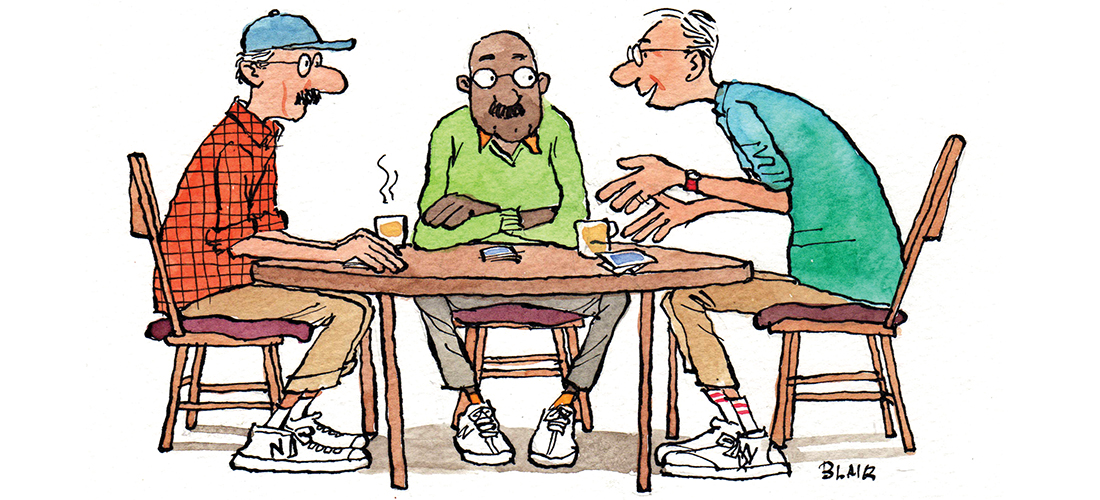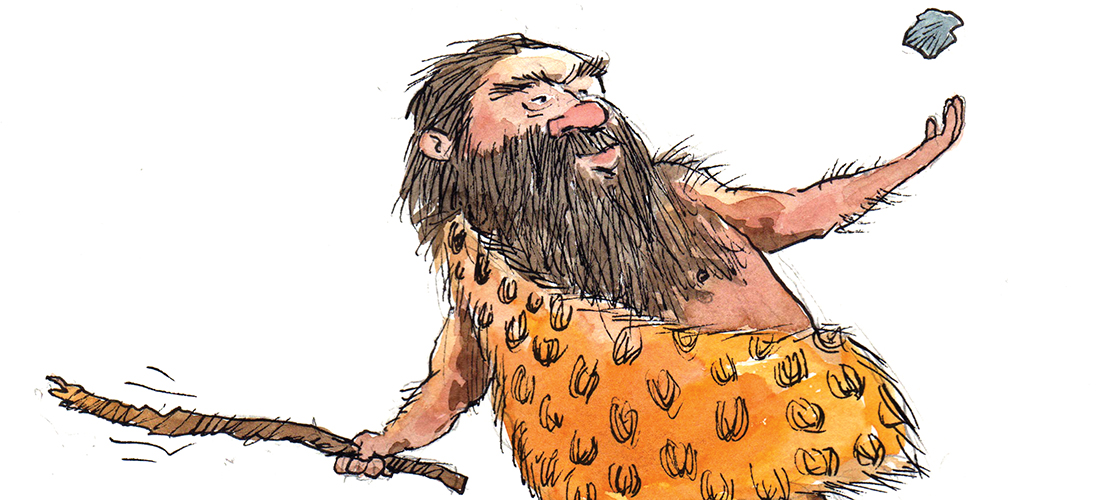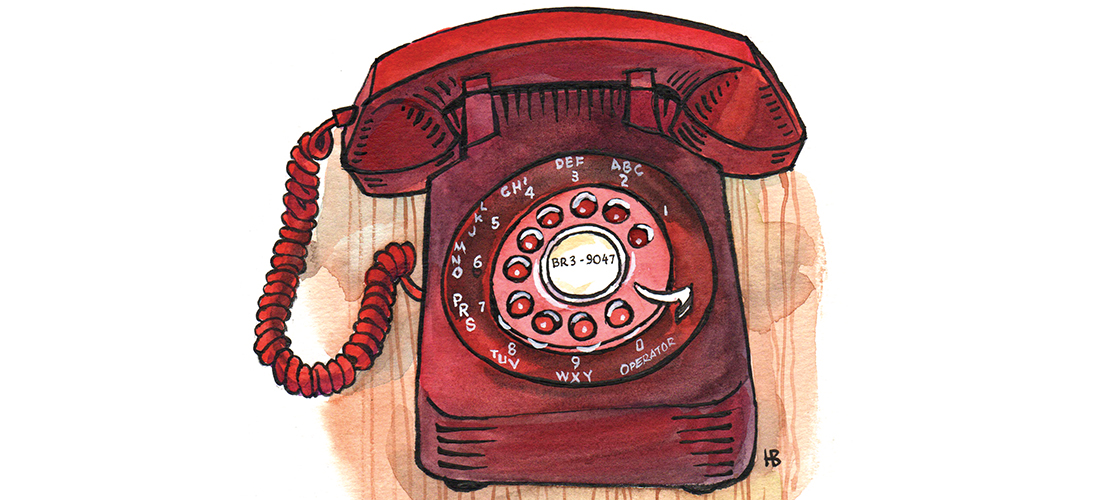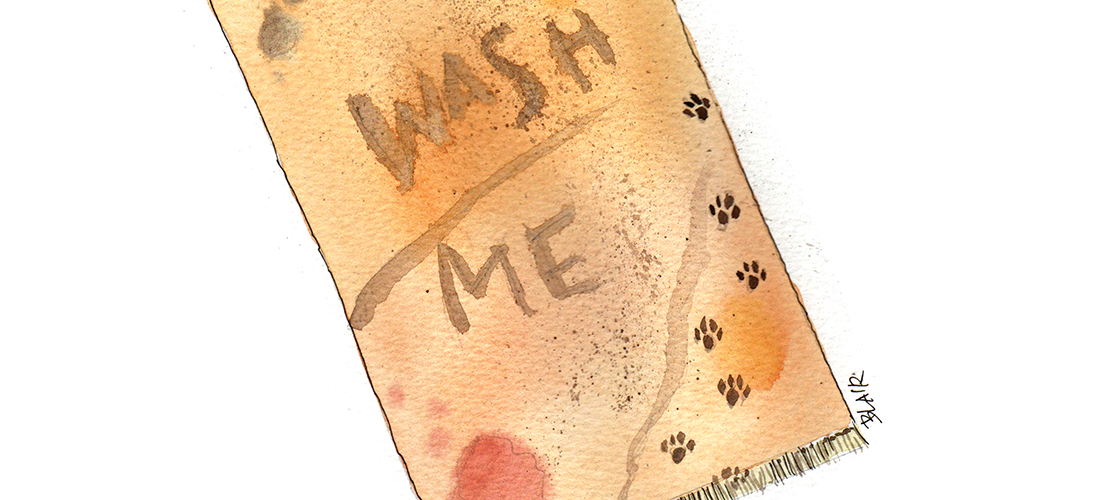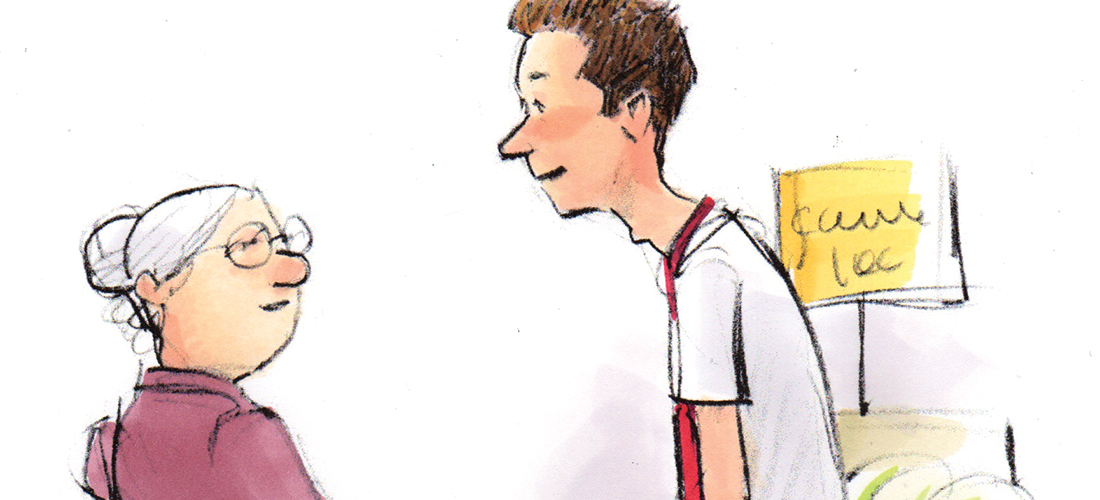It all depends
By Clyde Edgerton
The following conversation took place at Rosehaven Assisted Living in rural North Carolina between three Papadaddys:
“What do you do when the TV news is on and your granddaughter is around?”
“Or grandson?”
“What I do is change the channel.”
“What I do is give a lecture. I tell my grandson if he’s not charming, he will lead a sad life, maybe even become greedy, and start thinking he’s got to grab, grab, grab. Greedy men grab. Charming men charm. In the South, real men charm.”
“In the North, too.”
“I wouldn’t know.”
“Well, real women charm, too.”
“Who grabs first if everybody’s standing around charming each other?”
“Who’s on first?’”
“What’s on second.’ I remember that one. Abbott and Costello.”
“No, who grabs first?”
“Grabs what?”
“I don’t know — depends.”
“I’ll slap anybody that grabs my Depends.”
“I heard they leak.”
“Powerful men know how to grab. That’s what made America great. We came over here as illegal aliens and stole all the land and went on to get even greater. Onward Christian Soldiers! Women wouldn’t have done that.”
“Aw come on.”
“Wouldn’t you like to see your granddaughter grow up to be president?”
“Of what?
“Walmart?”
“What’s on second?”
“Bobby Riggs won that tennis match.”
“That’s right. He beat Billy Bob Thornton.”
“Billie Jean King.”
“Billie won.”
“That’s what I said.”
“I’ll be glad when this match is over.”
“Me, too.”
“Me, too.”
“People would rather watch a car wreck than a pretty sunset.”
“They’ll slow down for a car wreck.”
“TV executives get real rich by knowing that.”
“People used to buy what they knew they needed, like flour and potatoes and green beans. Now they shop for stuff that some slick commercial convinces them they want.”
“Now you can stay home and buy, buy, buy.”
“Walter Cronkite was different — he was calm.”
“Wolf Blitzer talks like his name sounds.”
“I listen to PBS.”
“Why?”
“I like calmness.”
“Now PBS has commercials, too.”
“Selling is an art and a science that is the bedrock of communism.”
“Nobody teaches our kids how to detect lies.”
“We teach kids how to take tests. They learn to shut up, sit still for three hours, and then line up.”
“That’s what we do around here.”
“Don’t badmouth teachers.”
“Right. A lot them are afraid of losing their jobs because they won’t shut up, sit still, and stay in line.”
“Let’s go eat.”
“I vote for that.”
“What are we having?”
“Depends.”
“Count me out.” PS
Clyde Edgerton is the author of 10 novels, a memoir and most recently, Papadaddy’s Book for New Fathers. He is the Thomas S. Kenan III Distinguished Professor of Creative Writing at UNCW.

